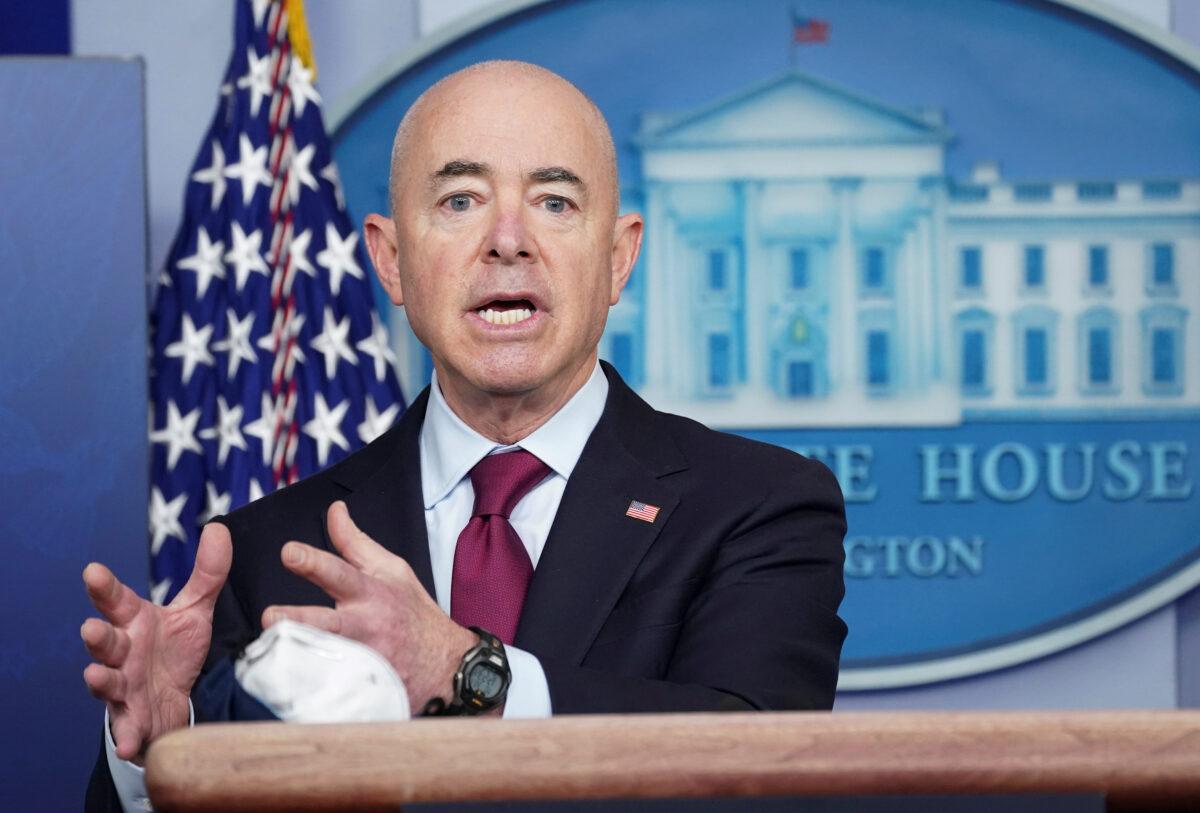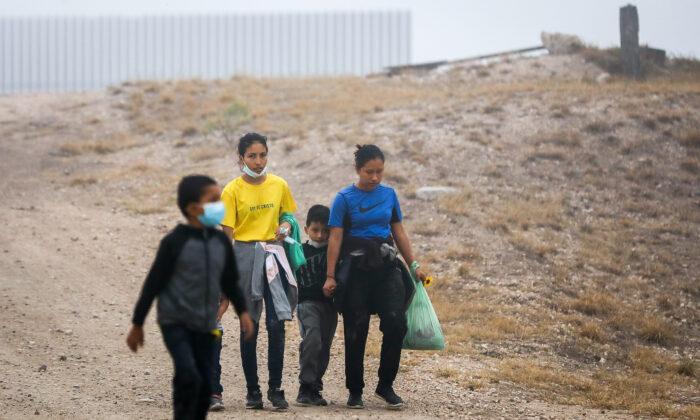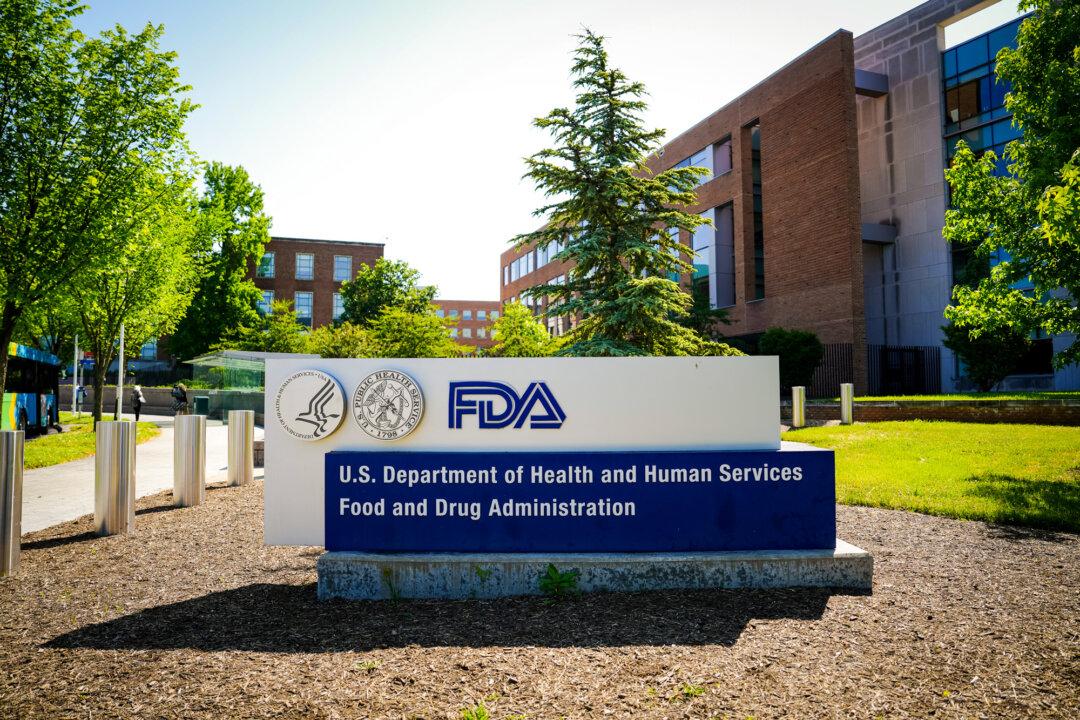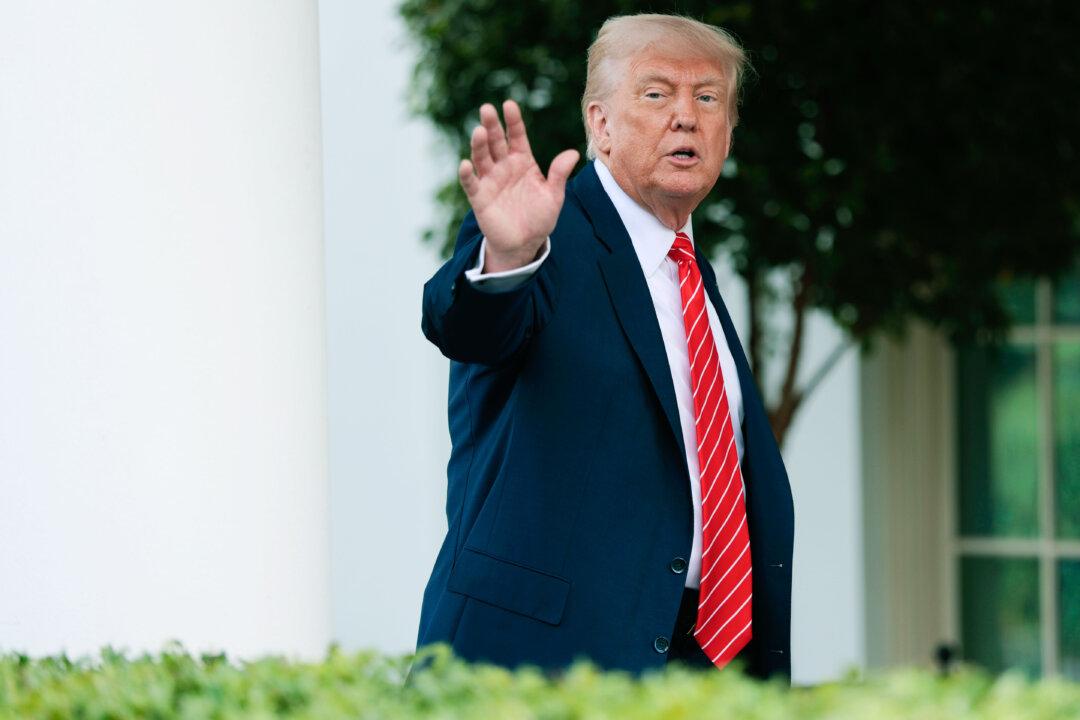The Biden administration is reuniting four children who were separated from their families at the U.S.–Mexico border under the previous administration, officials said on May 3.
“We expect four families to be reunited tomorrow,” Homeland Security Secretary Alejandro Mayorkas said on “CBS This Morning.”
Families were separated under the Obama and Bush administrations at the border for the same reasons.
Mayorkas said on May 3, “We have hundreds of families left, and we will reunite them all.”

Government officials on the task force are working closely with the American Civil Liberties Union (ACLU), which is representing the families, and other community-based groups, he said.
“This is really about an all-in public-private partnership to reunite the families and begin the healing,” he said.
The ACLU disclosed last month that roughly 400 children remain separated from their families.
According to the Department of Homeland Security, the task force will release its initial report on June 2. Officials, including Mayorkas, the task force’s chair, will provide a full update on the effort then.
The reunifications are starting as the Biden administration continues grappling with a surge in illegal border crossings. The number of crossings jumped once Biden took office and is on track to hit highs not seen in decades.
One key policy change, reversing the expulsion of most unaccompanied minors amid the COVID-19 pandemic, has led to a sharp increase in unaccompanied children, placing a severe strain on systems in the southern United States.
Customs and Border Protection at one point had over 5,700 unaccompanied children in facilities near the border, which are widely acknowledged as ill-equipped to house them. That number dipped to fewer than 700 on May 2, according to Mayorkas.
Still, over 22,000 remain in Department of Health and Human Services-run or -overseen facilities, as of the last tally provided by the agency on April 28. And the department recently opened its 16th facility to handle the children, though two are no longer sheltering them. The Pomona, California, site has the capacity to house up to 2,500 children.





